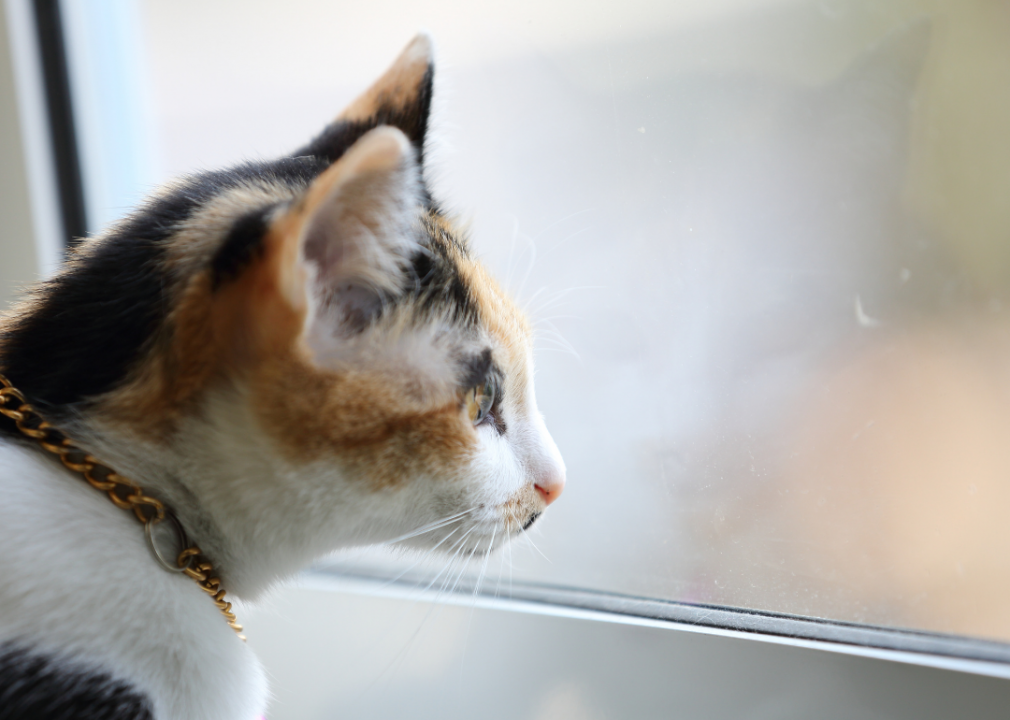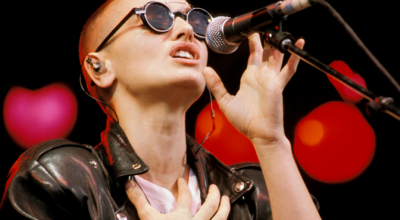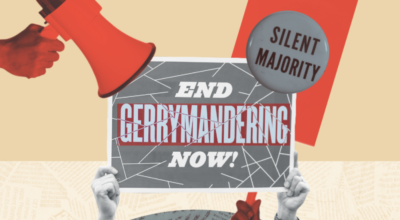How expensive is owning a cat?
Published 9:00 pm Friday, November 12, 2021
Canva
How expensive is owning a cat?
Winner of the Nobel Peace Prize, Albert Schweitzer once said, “There are two means of refuge from the misery of life—music and cats.” With 42.7 million American households owning a cat, there is truth to Schweitzer’s words. Cats are popular pets known for their independence and intelligence. Owning one is not only a commitment requiring time, but money as well. Cat expenses can quickly add up.
To understand how expensive owning a cat is, ManyPets analyzed data from a 2020 survey conducted by TD Ameritrade/Harris Poll among 320 cat owners with at least $10,000 in investable assets. The survey provided a breakdown in cat ownership costs by category as well as the owner’s generation, and ManyPets ranked these categories by the average spend across all three generations.
Expenses include necessities that help keep cats healthy and happy. These include regular check-ups and high-quality food, along with things that are more fun than necessary, like Halloween costumes and over-the-top toys and treats. Some expenses such as pet insurance can mitigate other costs, like unforeseen emergencies or health treatment plans. Keep reading to discover more about the various expenses you can expect to run into when you own a furry feline.
![]()
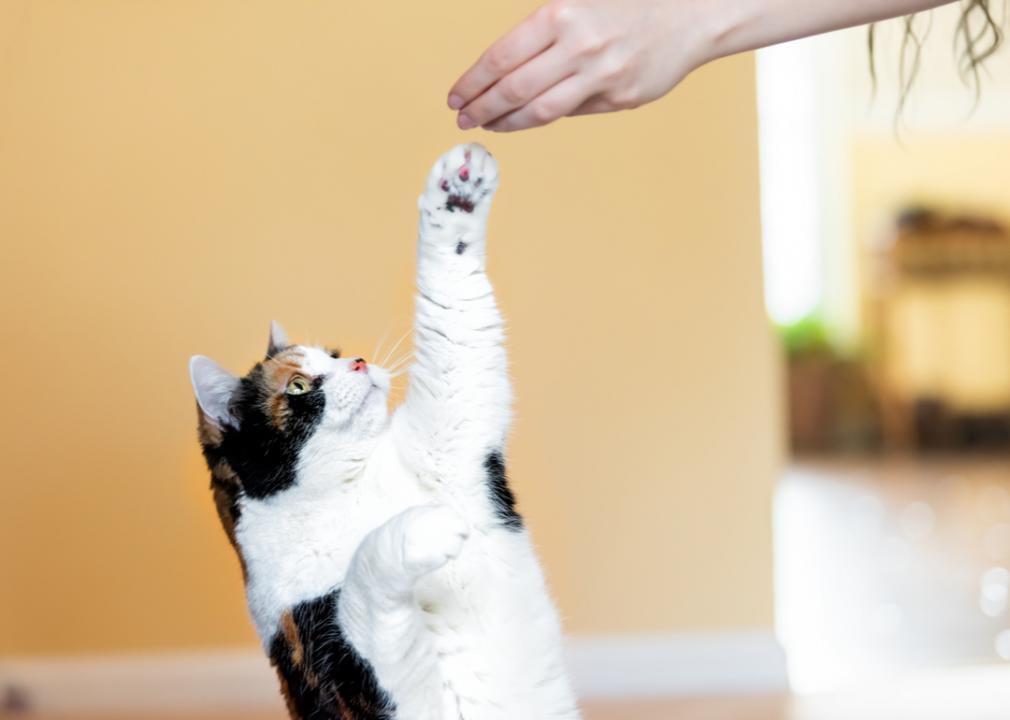
Andriy Blokhin // Shutterstock
#9. Training
– Annual average: $8
— Millennials: $12
— Gen X: $12
— Baby boomers: $0
While many dog owners invest in training for their canine friends, cat owners often don’t. Cats are very intelligent animals that are highly trainable and can be taught skills like entering their carrier on their own and giving high fives. The Pawsitive Start program offered by The Michigan Humane Society helps to train rescue cats. Training a cat is not only good for the owner but for the cat as well, as it offers stimulation and alleviates boredom and can also provide a way to communicate. The tenets of training for canines and felines are the same: reward positive behavior and ignore undesirable behaviors while making sure to hold your ground during extinction bursts, a time when undesirable behaviors will flare up and intensify before disappearing.
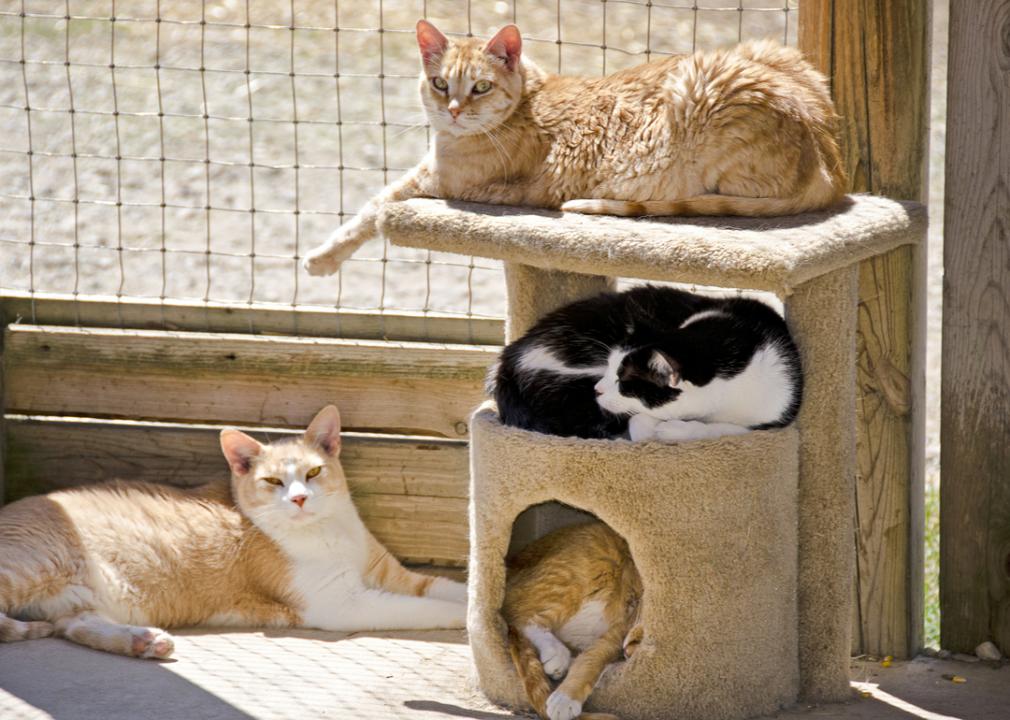
Maria Dryfhout // Shutterstock
#8. Kenneling/daycare
– Annual average: $13
— Millennials: $21
— Gen X: $15
— Baby boomers: $6
Often people leave their cats home alone with someone checking in on them when they vacation, knowing that felines are independent. Though cats are independent, they are also much more social than previously believed. A 2017 Oregon State University study found cats preferred human social interaction over other stimuli including food. Boarding and daycare also offer a safe place for cats to stay when their owners either work long hours or go away on vacation. They are often reasonably priced, and reputable facilities offer a separate area away from dogs, with cat condos that feature multiple areas for cats to explore. The average national cost to board a cat overnight is $25, according to Home Guide, a customer referral service site.
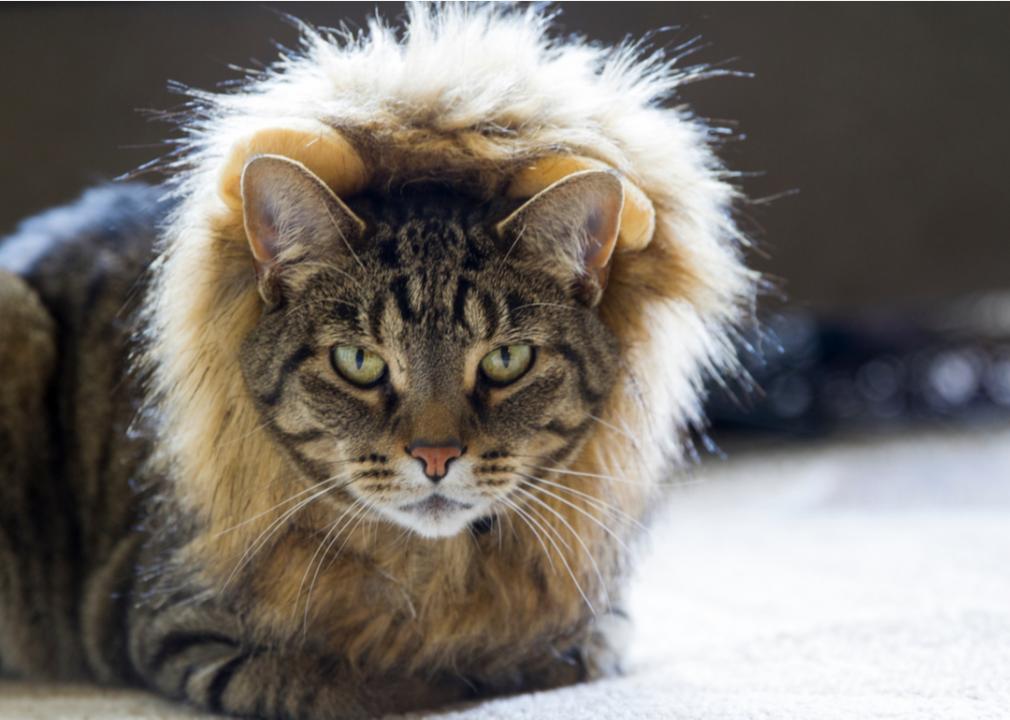
InnovativeImages // Shutterstock
#7. Clothing/accessories
– Annual average: $16
— Millennials: $20
— Gen X: $29
— Baby boomers: $1
According to data provided by Spins, a natural products resource, 25% of cat owners purchased clothing for their pets in 2020. According to the 2020 TD Ameritrade/Harris Poll, 18% of cat owners have purchased a Halloween costume for their furry friends, and 16% would consider it. This is not surprising considering that according to the same survey, 79% of all U.S. pet owners consider their pet to be their best friend, while 77% consider pets to be “fur babies.” There is even an annual National Dress Up Your Pet Day on Jan. 14. The bottom line is, pets are considered to be part of the family, and more than ever, owners are humanizing their furry companions.
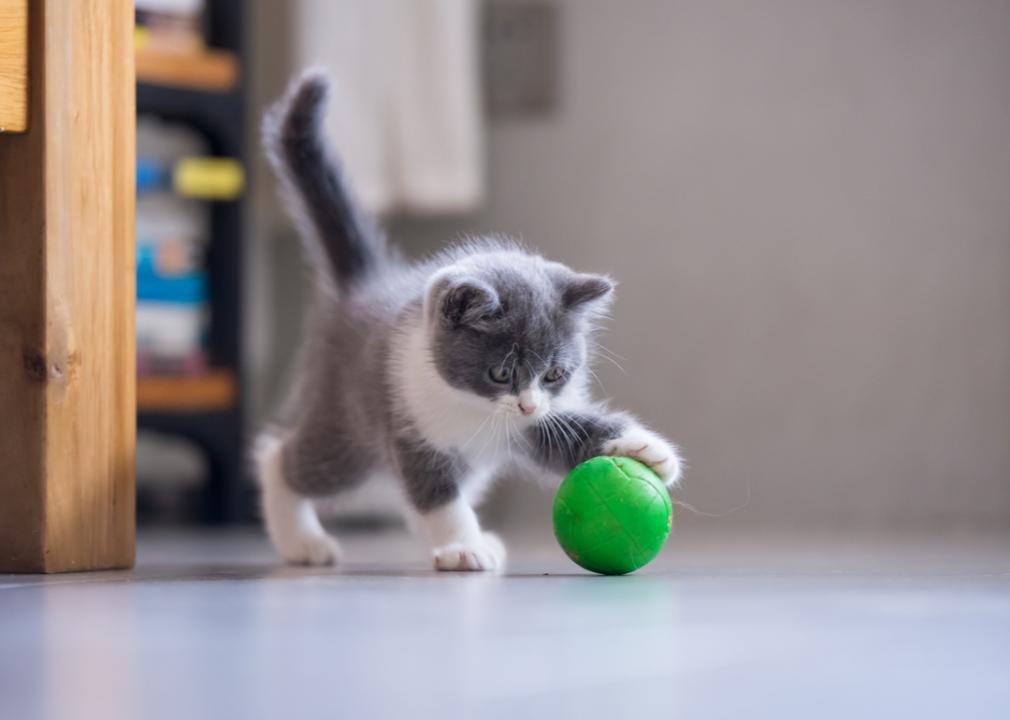
Chendongshan // Shutterstock
#6. Gifts/‘splurge’ items
– Annual average: $24
— Millennials: $27
— Gen X: $29
— Baby boomers: $18
A 2021 study by Elmhurst University found a link between a person’s happiness and spending money on pets. Those who participated in the study reported greater happiness when purchasing for a pet as opposed to spending their money on another person or themselves. According to a 2019 report by Packaged Facts, a market research firm, 72% of cat owners splurge on winter holidays and Christmas presents for their feline companions. Cat gifts and splurge items range from typical and inexpensive cat toys like fake mice and catnip to elaborate and expensive cat towers and pet carriers. Each year there are best-of lists for the cat enthusiast to ensure they get their furry friends the latest and greatest gifts.
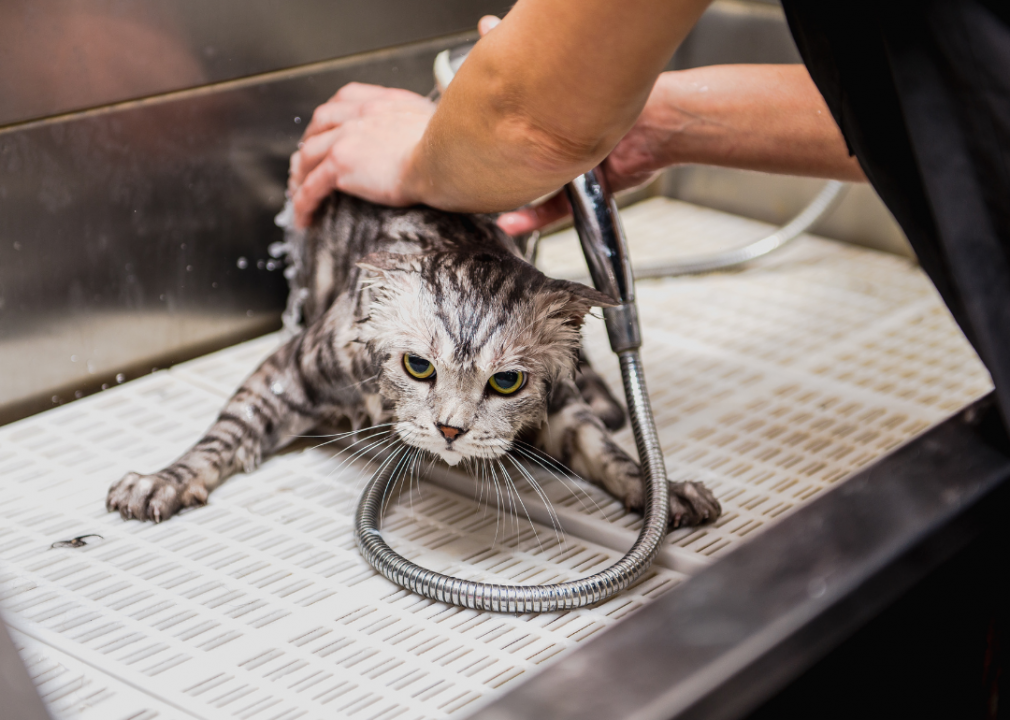
Canva
#5. Grooming
– Annual average: $26
— Millennials: $69
— Gen X: $15
— Baby boomers: $8
Though cats groom themselves, they still require a bit of help. The amount of grooming for cats also depends on the length of their fur. Cats with medium and long hair often need to be groomed daily with the help of their owner, while short-haired cats require weekly grooming. Millennials spend the most out of the generational groups for cat grooming. Part of the reason for that is that they aren’t simply spending on typical cat grooming like bathing, ear cleaning, and nail trims. They also spend on nail painting, facials, and breath freshening treatments.
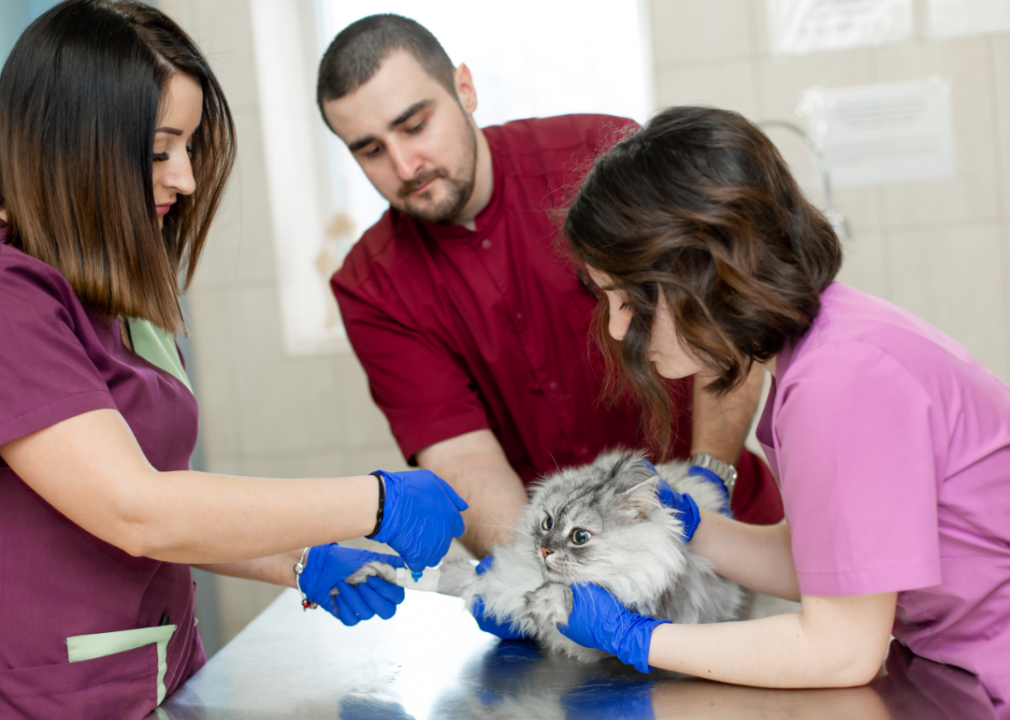
Canva
#4. Pet insurance
– Annual average: $57
— Millennials: $113
— Gen X: $71
— Baby boomers: $5
Pet insurance has grown into a big business, with many pet owners paying monthly premiums based on the level and type of insurance they purchase. According to the 2021 state of the industry report, 3.1 million pets were insured in 2020, which was an increase from 2019 when the total pets insured number 2.5 million. The report found that 82.9% of insured pets were dogs while the other 17.1% of insured pets were cats. Akin to medical insurance humans have for themselves, pet insurance has likely grown in popularity because pets are no longer simply considered just cats or dogs, but family, particularly by millennials, which may help to explain why they spend the most generationally in this category. Today’s pet owners also realize that vet bills can be expensive, especially with new and elderly pets.
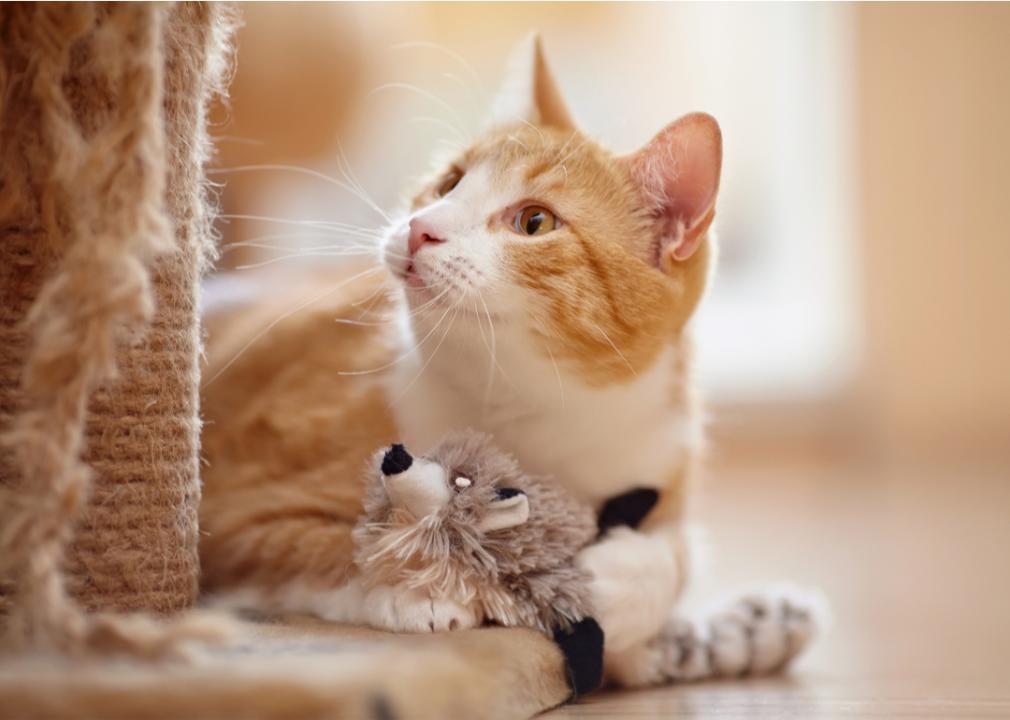
Elya Vatel // Shutterstock
#3. Supplies (excluding food)
– Annual average: $89
— Millennials: $115
— Gen X: $59
— Baby boomers: $107
Pet supplies for cats, other than food, can include things like bowls, collars, brushes, litter boxes, and toys. Many of these supplies are necessities used to feed and keep feline friends healthy and happy; toys provide mental and physical stimulation, and bowls hold food and water. According to recent data by Petpedia, supplies and over-the-counter medication came in third behind food and treats and vet care and product sales as the most expensive pet care expenditure. Owners spent $19.2 billion on supplies and over-the-counter medicines.
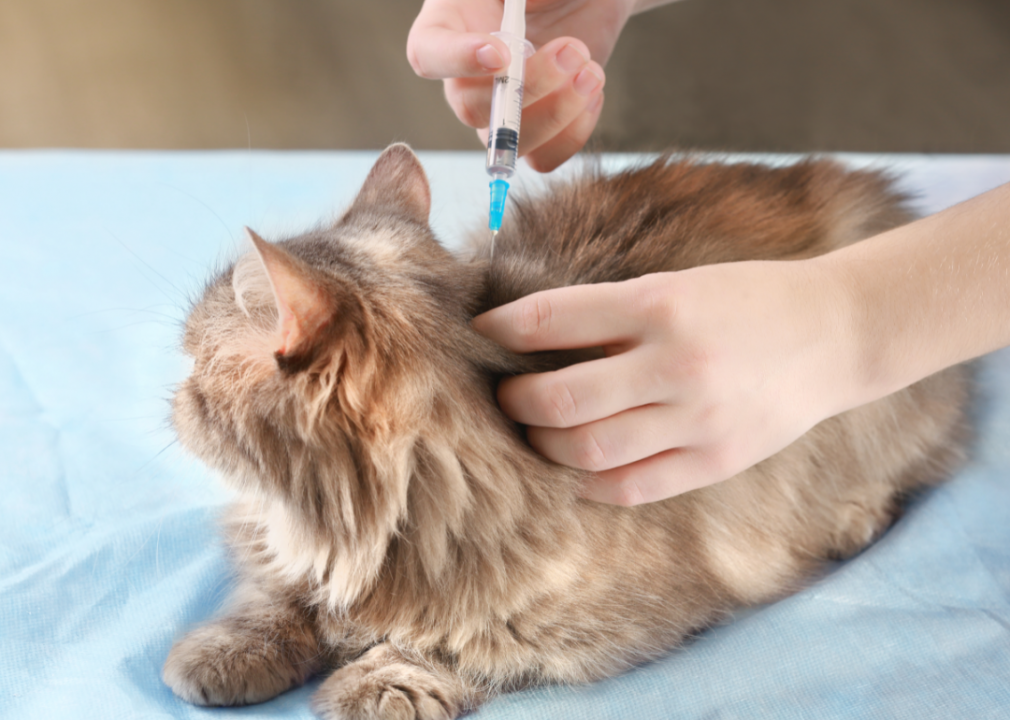
Canva
#2. Vet care/vaccinations
– Annual average: $125
— Millennials: $100
— Gen X: $105
— Baby boomers: $158
Vet care should begin early in a cat’s life with vaccinations and spaying or neutering. Annual vaccinations and certain routine tests should be done at the cat’s yearly checkup. This helps not only to keep cats healthy but also with the early prevention and detection of diseases. Monthly or bi-monthly medications like flea and tick prevention are another aspect of vet care. As pets age, the price of care often rises, and baby boomers may spend more money than either of their generational counterparts because as the oldest generation, they understand the importance of health maintenance not only now but long term.
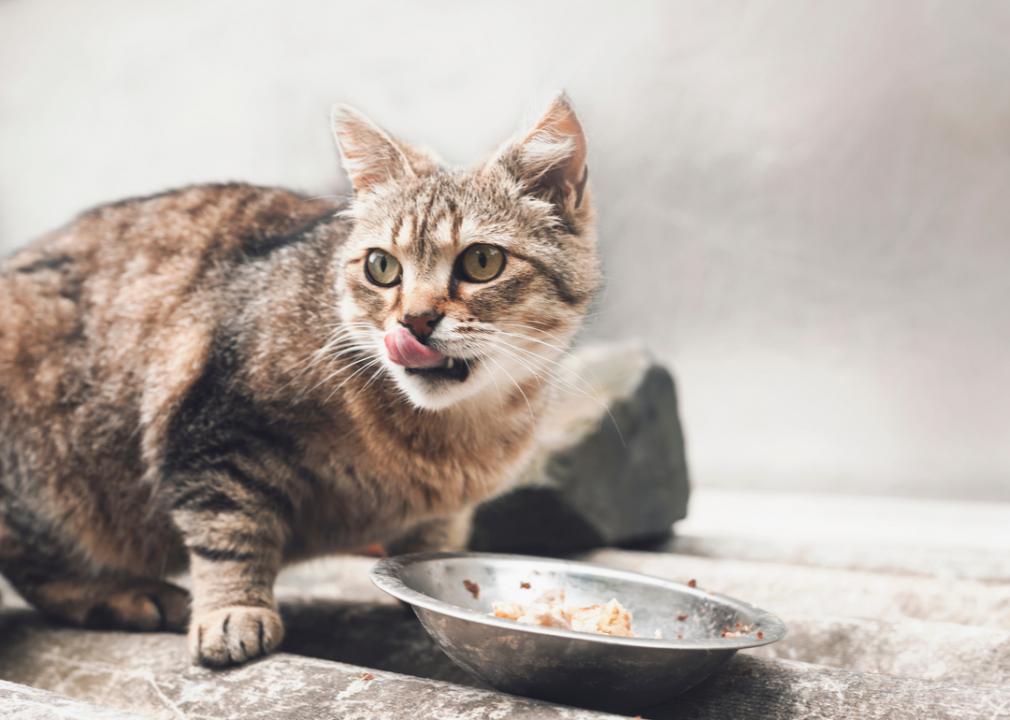
Lia Kos // Shutterstock
#1. Food
– Annual average: $329
— Millennials: $268
— Gen X: $334
— Baby boomers: $378
Food is the largest overall cost for both cat and dog owners. It’s worth spending the money on quality food because the old adage, “you are what you eat,” also applies to pets. According to the International Boarding and Pet Services Association (IBPSA), there are many benefits to feeding cats (and dogs) high-quality food. These include a higher quality of life and a longer life span due to things like fewer skin conditions and stronger muscles and bones better equipped to deal with the normal wear and tear of day-to-day living as well as the impact of any injury. Higher quality foods also tend to avoid any soy components, wheat, or corn and offer better digestibility.
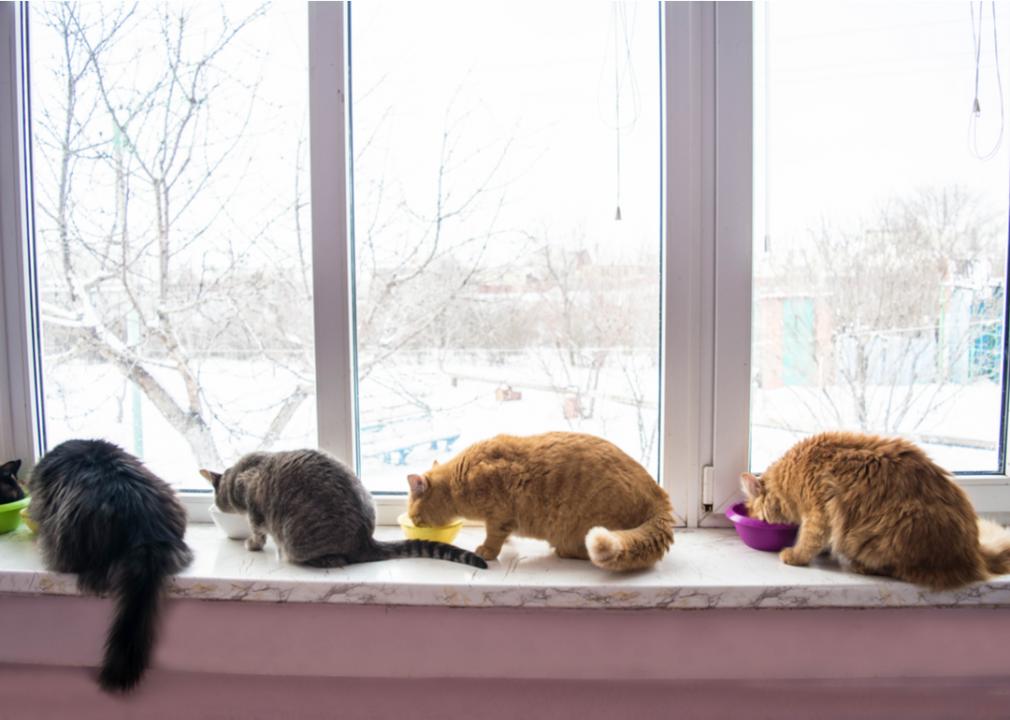
Anastasiia Marinich // Shutterstock
Total
– Annual average: $687
— Millennials: $745
— Gen X: $669
— Baby boomers: $681
While cat owners spend the most on food and the least on training overall, these are also the categories where dog owners spend the most and least on their canine companions. Of course, dog owners spend almost double what cat owners do to keep their furry friends happy and healthy. Interestingly, millennials spend the most on cats, while Gen Xers spend the most on dogs across generational categories as measured by the 2020 TD Ameritrade/Harris Poll. According to a 2021 Newsweek article, some of the most economical pets to own include fish, snakes, guinea pigs, and rats. Still, cat owners will tell you that spending hundreds of dollars on their pets every year is well worth the money. One study found cat owners are happier than those who don’t own pets. You can’t put a price on the love and companionship of a cat.
This story originally appeared on ManyPets
and was produced and distributed in partnership with Stacker Studio.


